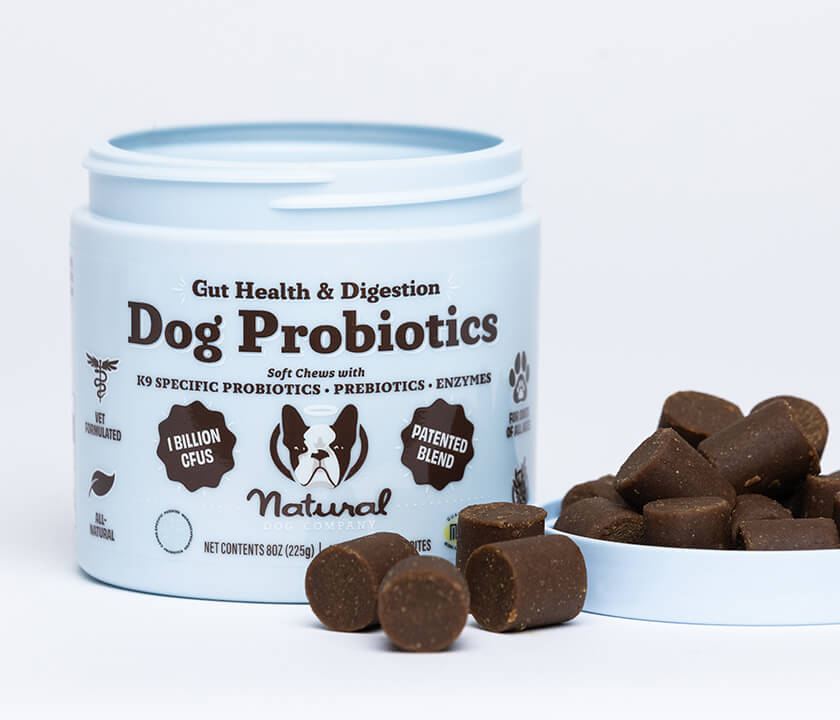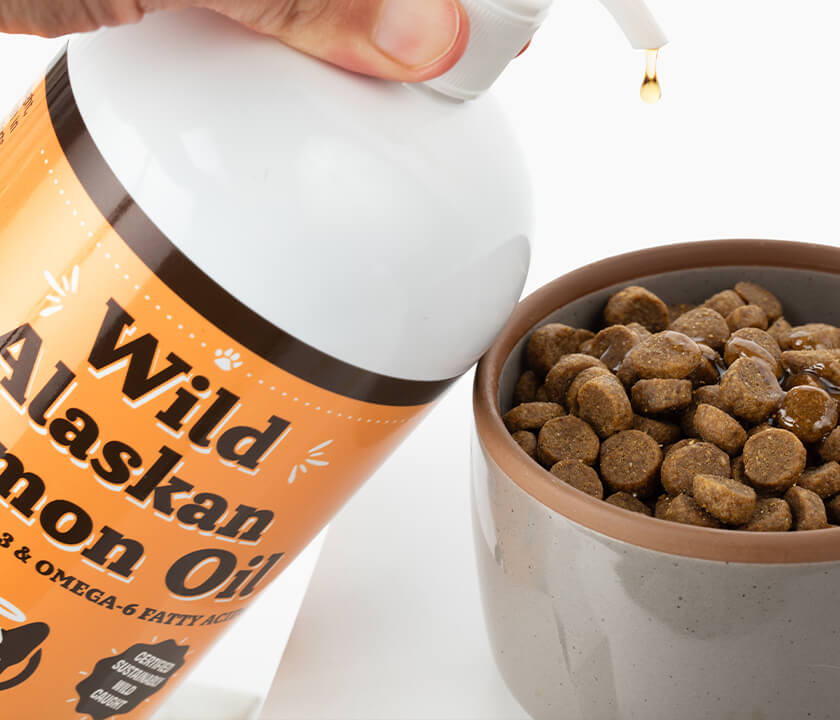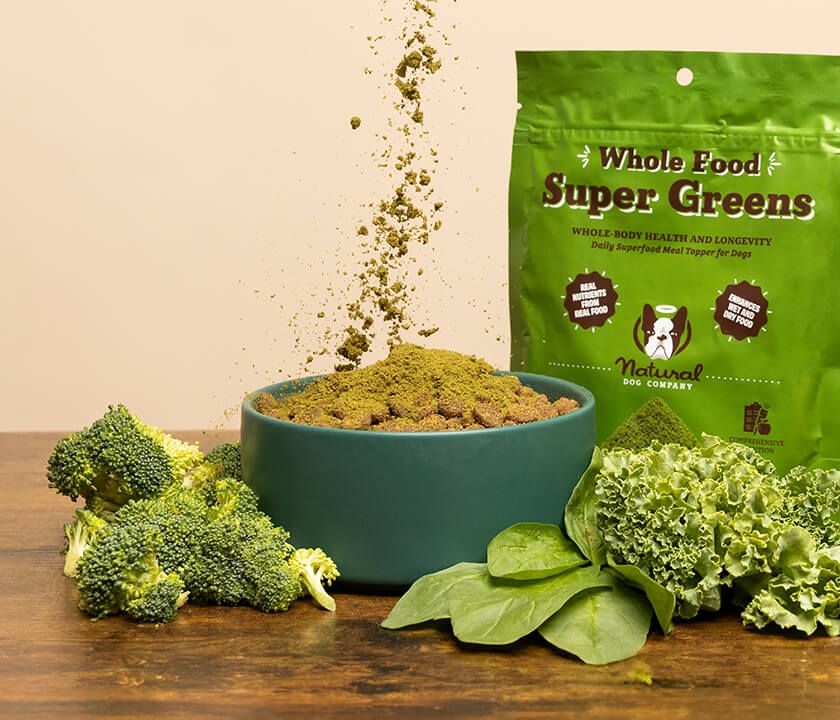If your dog has itchy skin, or seems to be constantly chewing and licking at their paws, your first assumption may be that they have an allergy. This is certainly possible, as dogs can be just as vulnerable to allergies as people.
Another possibility, however, is a yeast infection.
What Causes a Yeast Infection in Dogs?
Yeast is actually a form of fungus, and it is an important part of the healthy immune system. People and dogs both have this fungus growing in the gut and also on the skin. When the immune system is in balance, all is well. However, if the immune system becomes stressed, yeast can begin to grow unchecked in the gut. Then, your dog’s body reacts by trying to dissipate the yeast through the skin, and an itchy infection can result.
Diagnosing a Dog Yeast Infection
The symptoms of yeast infections and allergies can be very similar. However, there are ways that you can determine whether your dog’s scratching and chewing is due to a yeast infection. They include:
- Rusty, reddish hair between the toes (caused by the color of the yeast)
- Reddish, black, or gray speckles around the genitals
- Heavy dandruff, accompanied by greasy hair and a foul smell
- Loss of hair on the upper back and tail
- Black skin accompanied by hair loss
- Symptoms seem to appear in the spring and then go away in the fall (this seasonality is due to the life cycle of the yeast)
Treating a Dog Yeast Infection
It is important to act on the symptoms described above because if you ignore your dog’s yeast infection, it will become harder to treat.
Given that yeast infections begin in the gut, you first need to consider your dog’s diet. Yeast feeds on sugar, and while your dog is probably not downing the Little Debbie snacks, they may still be ingesting an unhealthy amount of yeast-nourishing carbs and sugar.
Carbohydrates are found in potatoes, corn, oats, peas, rice, sweet potatoes, and many other foods commonly used in commercial dog foods. Even the most high-end brands of gluten-free dog food may be heavy in potatoes. You and your dog likely both consume more starch than you were ever meant to. The diet of our ancestors, and that of their dogs, contained approximately 4% starch. Most of today’s pet foods actually contain about 40%.
So the first step in treating your dog’s yeast infection is to evaluate his nutrition and carbohydrate intake. Luckily, there are also topical remedies for dog yeast infections that you can use to help soothe the itch as you switch up your dog’s diet.
Healing Balm
The best way to heal itchy, yeasty dog skin is with an all-natural balm. Our Skin Soother contains healing herbs that guard against bacteria, fungus, and inflammation, and also provide a barrier to keep contaminants away from your dog’s delicate skin. For more sensitive areas like faces and genitals, organic Wrinkle Balm is specially formulated to be gentle enough to use around the face and other sensitive areas. Both products contain only natural ingredients that prevent yeast infections as well as itching and flaking skin.













